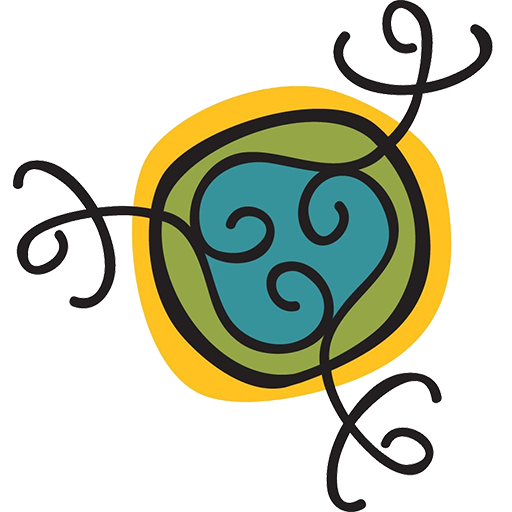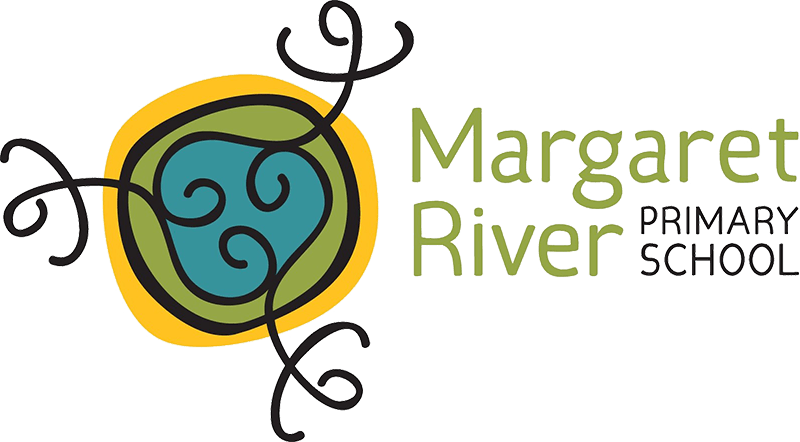The Cape to Cape Catchment Group, with Rotary sponsorship, are working with our Year 3 classes to create an environmental awareness of “Our Patch”, including the Margaret River. Tracey Muir is the project co-ordinator and she recently led our Year 3 students on an excursion to Rotary Park. While there students investigated the difference between living and non-living things in the area, then conducted plant investigations in groups of three. They collected leaf, bark and seed specimens and wrote field notes in their “Explorer’s Nature Journals”. Students then worked collaboratively back at school to create Plant Charts for their chosen plant where they had to show a photo, physical sample and botanical drawing of their plant.
Year 3 Excursion to Rotary Park on PhotoPeach
This was followed up the following week with a visit by Zac Webb, a Wardandi custodian of the land, where he shared his rich knowledge of our local plants and trees. Students watched in amazement as he showed them how to create rope from river reeds, imitate bird calls using peppy leaves and as he described how indigenous people used these plants and trees for medicine, food and necessary equipment for everyday life.
Year 3 journalist, Sasha in Room 6 wrote:
These are some of the facts we learnt from him:
• If you chew Peppermint leaves it will take horrible flavours out of your mouth.
• You can make brooms out of Peppermint leaves.
• You can twist bark or use twisted vines to make rope.
• You can use the leaves of the Karri Hazel tree to make soap.
• You can make rugs to sit on and hats to wear with Zamia branches.
• Kangaroos used to eat meat and were about 6-8 feet tall.
• The red fruit of the Zamia palm is very poisonous.
• When you have a sore tummy you can use the sap of the Marri tree as a medicine.
• You can use paperbark for toilet paper and for covering food that you cook.
• You can make bird sounds with the leaves of Peppermint and Marri trees.
• You can use Karri tree branches to make boomerangs.
• The green fruit of the Snotty Gobble turns white when it is ready to eat.
• The bark of the Snotty Gobble is medicine for healing your skin.
• You can eat the Tassel flower fruits.
• The root of the Christmas tree is yummy like honey.We also learnt that in Aboriginal language you say Peppermint tree as Wannang and Wanna means woman’s digging stick. Aboriginal people also know the Karri Hazel tree as the soap bush.
In this video, Zac shows how to make rope from river reeds.
Making Rope by Zac Web from MRPS on Vimeo.
This project is a valuable way of extending our students’ knowledge of the National Curriculum Science outcomes through the use of experts and hands-on experiences. Thank you to Tracey and Cape-to-Cape Catchment Group and to Rotary for making this possible. 😎
Written, photos and posted by D. Veary; Excerpt written by Sasha H. (Room 6)

